History of the crucifix necklace
The crucifix necklace has a rich history and holds significant symbolism in various cultures and religions. From its origins in early Christianity to its adoption in medieval Europe, the crucifix necklace has evolved over time and has become a popular accessory for both religious and fashion purposes. This article explores the history, symbolism, and evolution of the crucifix necklace, as well as some famous wearers throughout history.
Key Takeaways
- The crucifix necklace originated as a symbol of Christianity and has been used to represent faith and devotion.
- In Catholicism, the crucifix necklace is considered a powerful sacramental that serves as a reminder of the sacrifice of Jesus Christ.
- The crucifix necklace has also become a popular fashion accessory, allowing individuals to express their personal beliefs and style.
- Traditional cross designs, incorporation of gemstones and precious metals, and contemporary and customized styles are some of the different designs of crucifix necklaces available.
- Famous wearers of the crucifix necklace include religious figures, saints, as well as celebrities and public figures.
The Origin of the Crucifix Necklace
Early Christian Symbolism
The crucifix necklace has its roots in early Christian symbolism. During the early days of Christianity, the cross was a powerful symbol of faith and sacrifice. It represented the crucifixion of Jesus Christ and his ultimate sacrifice for the salvation of humanity. The early Christians wore the crucifix necklace as a way to display their devotion to their faith and to honor the sacrifice of Jesus. The necklace served as a reminder of the central tenets of Christianity and the importance of faith in the lives of believers.
Adoption in Medieval Europe
During the medieval period, the crucifix necklace gained significant popularity and became a prominent symbol of religious devotion. It was widely adopted by Christians across Europe as a way to express their faith and devotion to Jesus Christ. The necklace served as a constant reminder of the sacrifice and suffering of Christ on the cross.
In addition to its religious significance, the crucifix necklace also became a fashion statement among the nobility and the clergy. It was often adorned with intricate designs and embellishments, showcasing the wealth and status of the wearer.
Table: Crucifix Necklace Materials in Medieval Europe
| Material | Symbolism |
|---|---|
| Gold | Divine |
| Silver | Purity |
| Ivory | Holiness |
The table above highlights the different materials used in crafting crucifix necklaces during the medieval period and their symbolic meanings. It reflects the importance placed on both the religious and aesthetic aspects of the necklace.
Tip: When wearing a crucifix necklace, it is important to remember its sacred significance and to treat it with reverence and respect.
Symbolism and Meaning of the Crucifix Necklace
Representation of Faith
The crucifix necklace is a powerful symbol of faith and devotion. It serves as a constant reminder of the sacrifice made by Jesus Christ for humanity. Faith is the central theme associated with the crucifix necklace, as it represents the belief in the teachings of Christianity and the redemption offered through Christ's crucifixion.
The crucifix necklace is often worn by individuals as a personal expression of their faith and as a way to publicly display their religious beliefs. It serves as a visible sign of one's commitment to their religious values and serves as a source of inspiration and strength in times of doubt or difficulty.
In addition to its religious significance, the crucifix necklace also holds cultural and historical importance. It has been a symbol of Christianity for centuries and has been passed down through generations as a cherished heirloom. The wearing of the crucifix necklace is a tradition that connects individuals to their religious heritage and serves as a link to the past.
Significance in Catholicism
The crucifix necklace holds great significance in Catholicism. It serves as a powerful symbol of the sacrifice and redemption of Jesus Christ. Faith is a central aspect of Catholicism, and wearing a crucifix necklace is a visible expression of one's faith and devotion to Christ. It serves as a constant reminder of the love and mercy of God.
In Catholic tradition, the crucifix necklace is often used in prayer and meditation. It can be held or kissed as a way of connecting with the suffering of Christ and seeking His intercession. The crucifix necklace is also commonly worn during religious ceremonies and Mass, signifying the wearer's participation in the Eucharist and their commitment to the teachings of the Church.
The crucifix necklace is not only a religious symbol but also a personal expression of faith. It can be worn as a form of protection and as a source of comfort and strength. Many Catholics believe that wearing a crucifix necklace brings them closer to God and helps them navigate the challenges of life with grace and resilience.
In summary, the crucifix necklace holds deep significance in Catholicism, representing faith, devotion, and the sacrifice of Jesus Christ. It is a powerful symbol that serves as a constant reminder of God's love and mercy, and it is worn as a personal expression of faith and a source of strength.
Personal Expression and Fashion
The crucifix necklace has become a popular accessory for personal expression and fashion. Individuals use this necklace as a way to showcase their faith and beliefs. It serves as a visible symbol of their religious devotion and commitment. Wearing a crucifix necklace can also be a fashion statement, allowing individuals to express their personal style and taste.
In addition to its religious and fashion significance, the crucifix necklace holds sentimental value for many people. It can be a cherished gift or a family heirloom passed down through generations. The necklace serves as a reminder of important moments, relationships, and memories.
Some people choose to wear a crucifix necklace as a form of protection or as a talisman. They believe that the necklace brings them luck, ward off evil spirits, or provides spiritual guidance. The crucifix necklace holds deep meaning and symbolism for those who wear it, making it a meaningful and versatile accessory.
- The crucifix necklace serves as a visible symbol of faith and personal beliefs.
- It can be a fashion statement, allowing individuals to express their style.
- The necklace holds sentimental value and can be a cherished gift or family heirloom.
- Some people believe the necklace brings them luck or provides spiritual guidance.
Evolution of Crucifix Necklace Designs
Traditional Cross Designs
Traditional cross designs for crucifix necklaces have been popular for centuries. These designs typically feature a simple, symmetrical cross shape with straight lines and equal-length arms. The cross is often made of materials such as gold, silver, or stainless steel, and may be adorned with intricate engravings or embellishments.
One popular traditional cross design is the Latin cross, also known as the Christian cross. This design features a longer vertical arm and a shorter horizontal arm, representing the crucifixion of Jesus Christ. Another traditional design is the Celtic cross, which incorporates intricate knotwork and often symbolizes the unity of faith and heritage.
Some traditional cross designs also include additional religious symbols, such as the INRI inscription, which stands for "Iesus Nazarenus, Rex Iudaeorum" (Jesus of Nazareth, King of the Jews). This inscription is a reminder of the crucifixion and the title given to Jesus by Pontius Pilate.
In summary, traditional cross designs for crucifix necklaces are timeless and carry deep religious symbolism. They are often cherished as meaningful symbols of faith and devotion.
Incorporation of Gemstones and Precious Metals
The incorporation of gemstones and precious metals in crucifix necklaces adds a touch of elegance and luxury to the religious symbol. Gemstones such as diamonds, rubies, and sapphires are often used to adorn the cross, adding a vibrant and eye-catching element to the design. These gemstones not only enhance the aesthetic appeal of the necklace but also hold symbolic meaning. For example, diamonds symbolize purity and strength, while rubies represent love and passion.
In addition to gemstones, precious metals like gold and silver are commonly used in the construction of crucifix necklaces. Gold, with its radiant and timeless beauty, is often associated with divinity and royalty. Silver, on the other hand, is valued for its elegance and versatility. The use of these precious metals not only enhances the overall appearance of the necklace but also signifies the importance and value of the crucifix as a religious symbol.
When choosing a crucifix necklace with gemstones and precious metals, individuals can select designs that resonate with their personal style and preferences. Some may prefer a more traditional design with a simple cross and a single gemstone, while others may opt for a more elaborate and intricate design with multiple gemstones and detailed metalwork. The variety of options available allows individuals to express their faith and personal taste through their choice of crucifix necklace design.
In summary, the incorporation of gemstones and precious metals in crucifix necklaces adds beauty, symbolism, and personalization to the religious symbol. Whether it's a simple cross with a single gemstone or an elaborate design with intricate metalwork, these elements enhance the overall aesthetic appeal and significance of the crucifix necklace.
Contemporary and Customized Styles
In addition to traditional cross designs, the crucifix necklace has evolved to incorporate various elements that allow for personalization and customization. Gemstones and precious metals are often used to enhance the aesthetic appeal of the necklace, adding a touch of luxury and individuality. Some popular gemstones used in crucifix necklaces include diamonds, sapphires, and emeralds, which not only add beauty but also hold symbolic meanings in different cultures.
Furthermore, contemporary crucifix necklaces offer the option of customization, allowing individuals to express their faith and personal style. Engraving names, dates, or meaningful symbols on the pendant or adding additional charms are common ways to personalize a crucifix necklace. This customization adds a unique touch and makes the necklace a cherished and meaningful piece of jewelry.
It is important to note that while contemporary and customized styles have gained popularity, the traditional design of the crucifix necklace remains a timeless symbol of faith and devotion.
Famous Crucifix Necklace Wearers
Religious Figures and Saints
Religious figures and saints have long been associated with the wearing of crucifix necklaces. These individuals, known for their devotion and piety, often wear the crucifix necklace as a symbol of their faith and as a reminder of the sacrifice of Jesus Christ. The crucifix necklace serves as a visible expression of their religious beliefs and a way to connect with the divine.
In addition to religious figures, saints also play a significant role in the history of the crucifix necklace. Saints are revered individuals who have lived exemplary lives and are believed to have a special connection with God. Many saints are depicted wearing crucifix necklaces in religious artwork and iconography, further emphasizing the importance of this symbol in the context of spirituality and devotion.
While the wearing of crucifix necklaces is not limited to religious figures and saints, their association with these individuals adds a deeper layer of meaning and significance to this iconic piece of jewelry.
Celebrities and Public Figures
Celebrities and public figures have also been known to wear crucifix necklaces, often as a fashion statement or to express their religious beliefs. Madonna, the iconic pop star, has been seen wearing a crucifix necklace on numerous occasions, incorporating it into her unique style. Similarly, Johnny Depp, the renowned actor, has been spotted wearing a crucifix necklace as part of his personal fashion choices. These celebrities and many others have helped popularize the crucifix necklace as a symbol of both faith and fashion.
Conclusion
In conclusion, the crucifix necklace has a rich history that spans centuries. From its origins as a symbol of faith and devotion in Christianity to its modern-day popularity as a fashion accessory, the crucifix necklace has remained a timeless and iconic piece of jewelry. Whether worn for religious reasons or as a fashion statement, the crucifix necklace continues to hold significance and meaning for many people around the world. Its enduring appeal is a testament to the power of symbolism and the enduring nature of religious and cultural traditions.
Frequently Asked Questions
What is a crucifix necklace?
A crucifix necklace is a religious symbol in the form of a cross with a representation of Jesus Christ on it.
What is the significance of wearing a crucifix necklace?
Wearing a crucifix necklace is often seen as a representation of one's faith and a reminder of the sacrifice of Jesus Christ.
Is wearing a crucifix necklace only for Catholics?
While the crucifix necklace holds particular significance in Catholicism, it can be worn by individuals of various Christian denominations or even as a fashion statement.
Can a crucifix necklace be worn by non-Christians?
While the crucifix necklace is primarily associated with Christianity, individuals from other religious backgrounds may also wear it as a symbol of religious tolerance or as a fashion accessory.
Are there different styles of crucifix necklaces?
Yes, there are various styles of crucifix necklaces available, ranging from traditional designs to contemporary and customized styles.
Can a crucifix necklace be worn by men and women?
Absolutely! Crucifix necklaces are worn by both men and women, and they can be found in designs that cater to different preferences and styles.
Best Sellers


















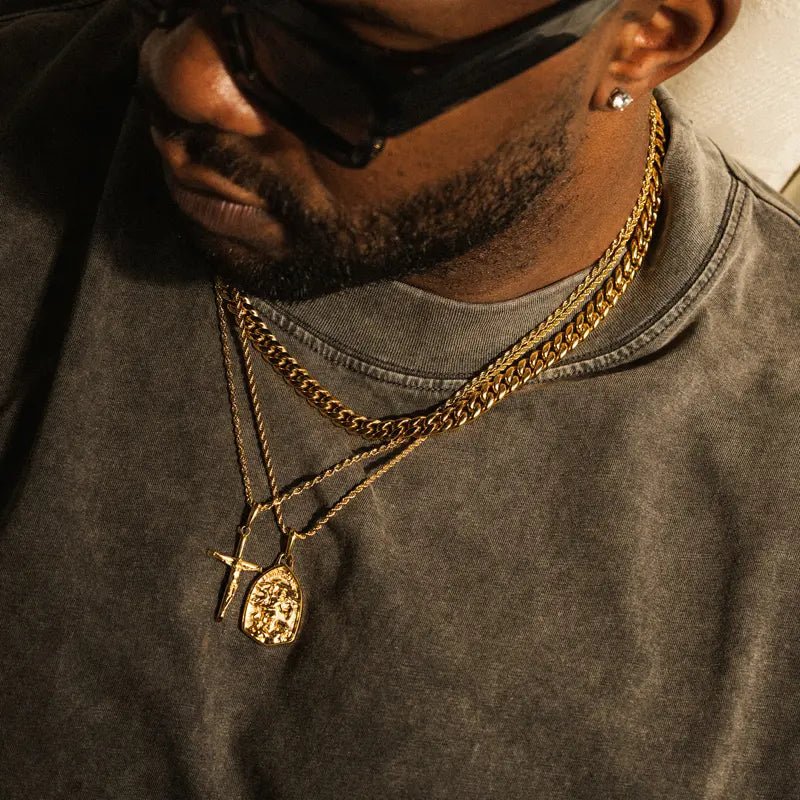







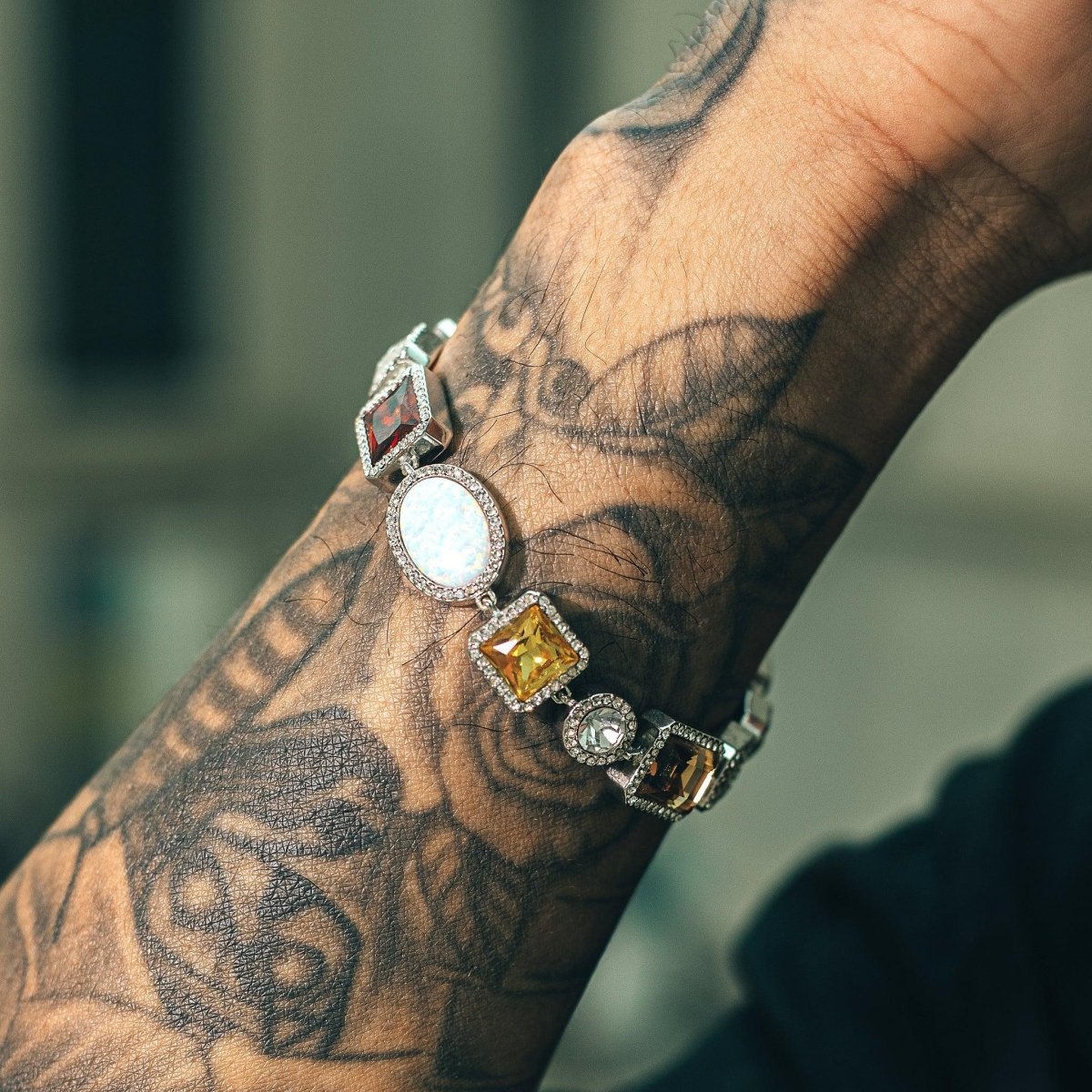
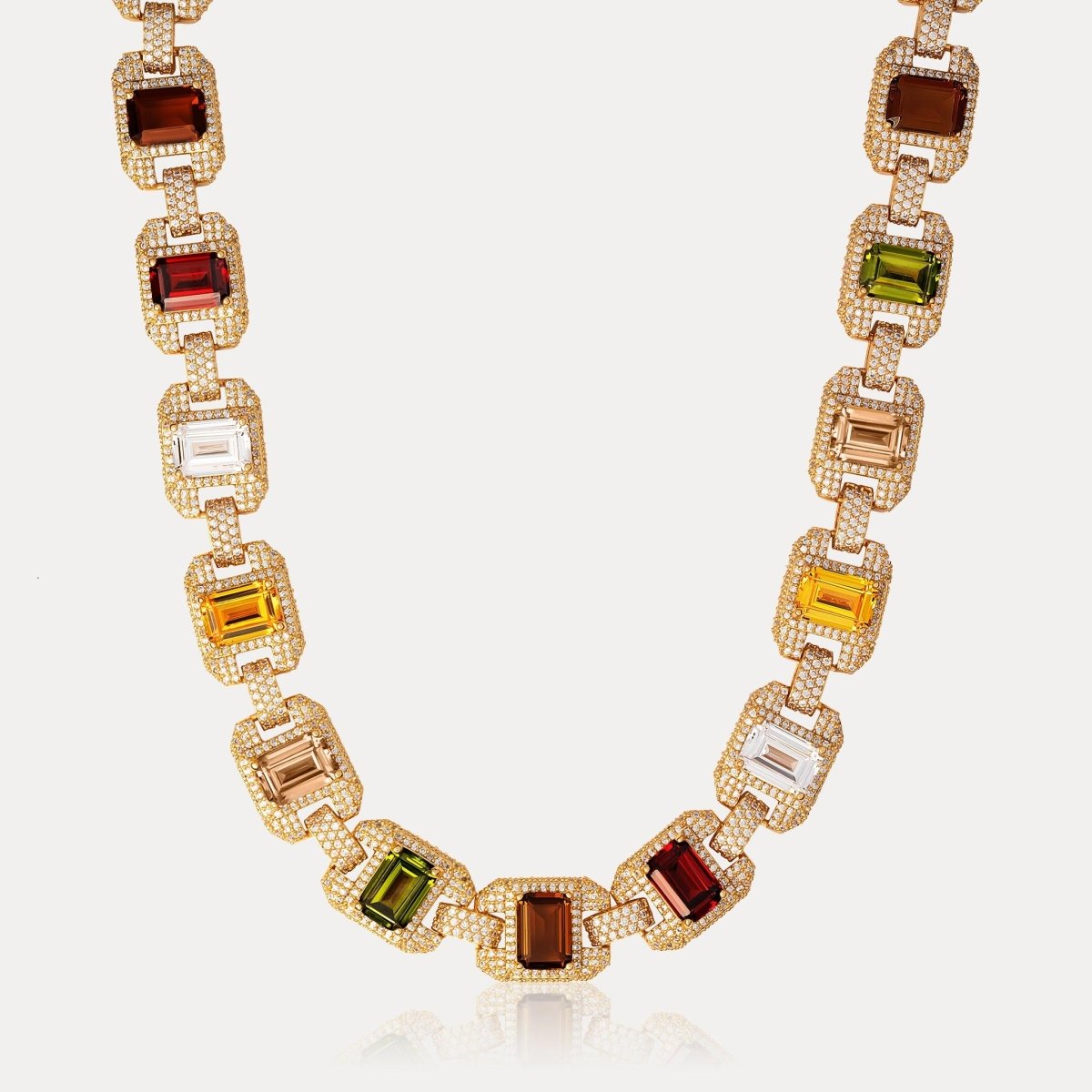



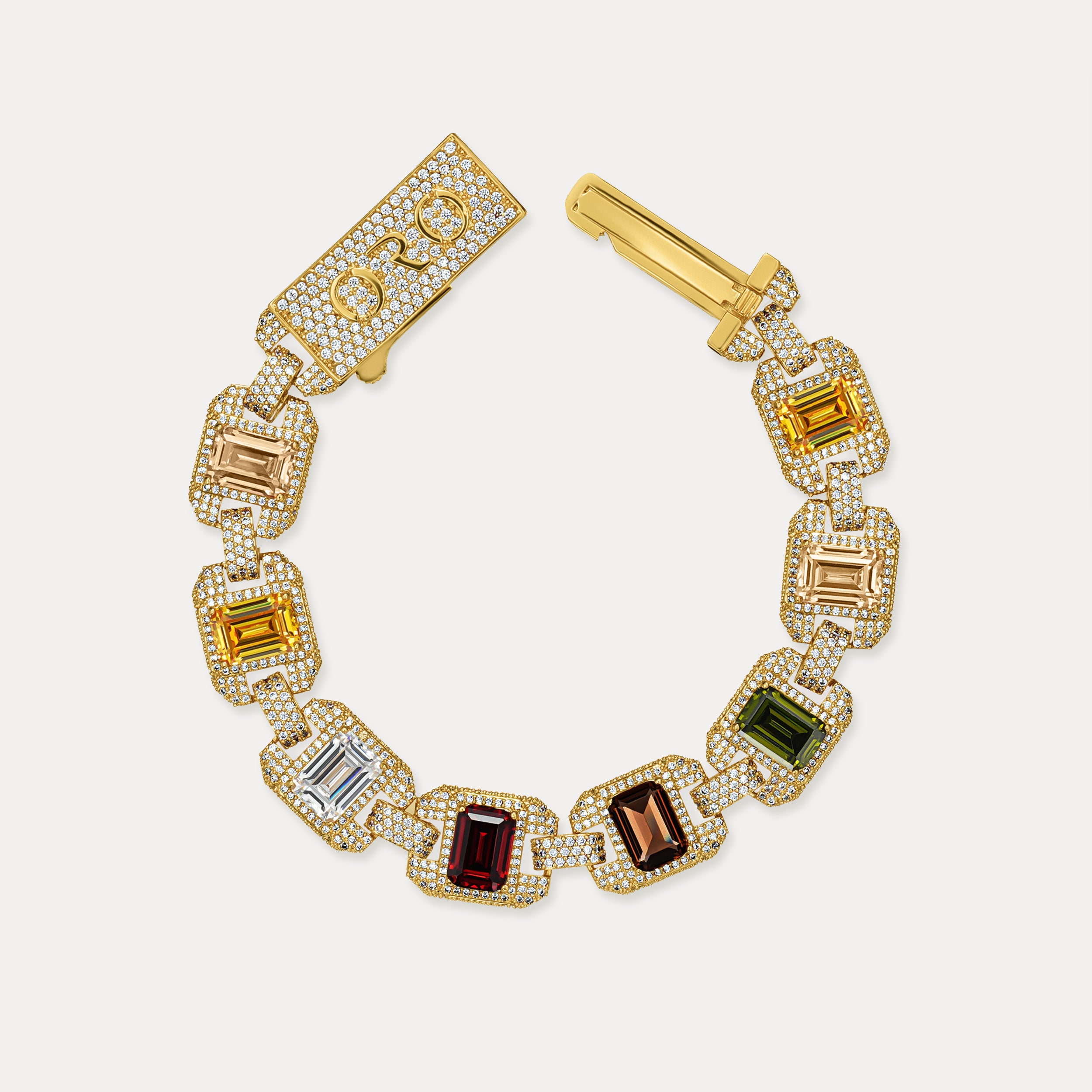












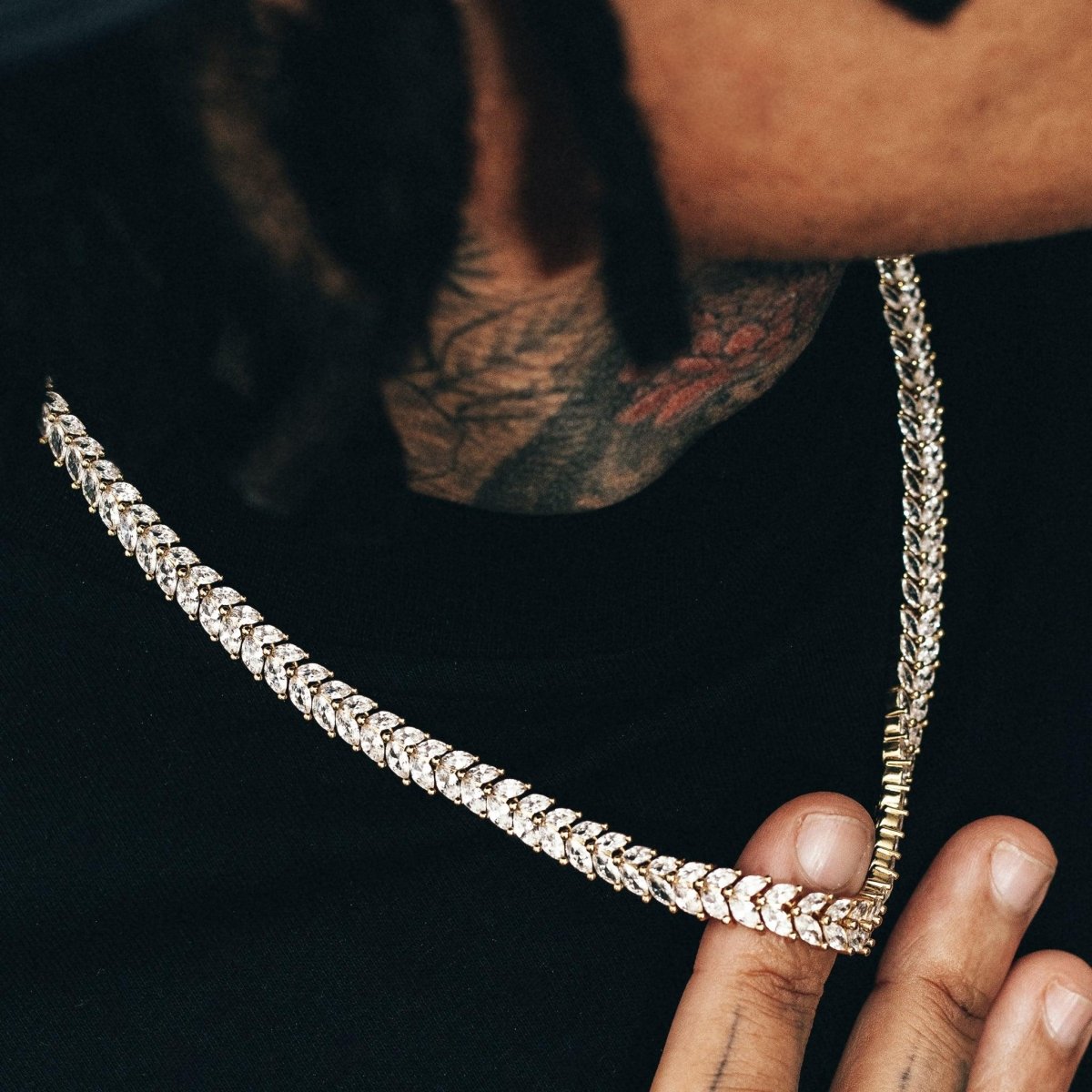






Leave a comment
This site is protected by hCaptcha and the hCaptcha Privacy Policy and Terms of Service apply.